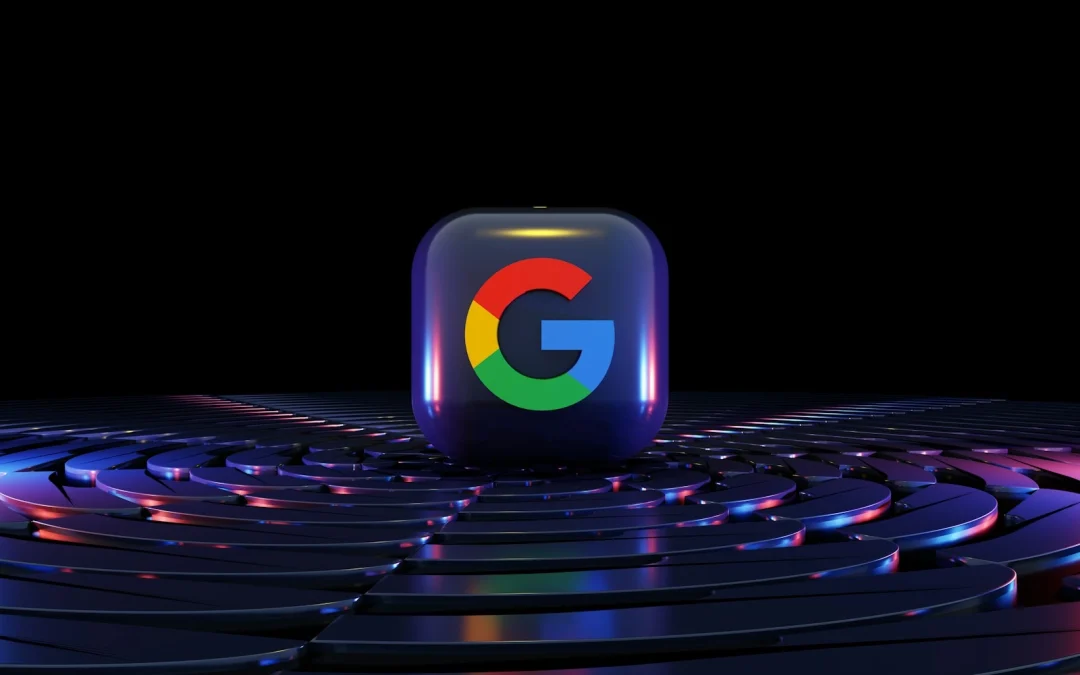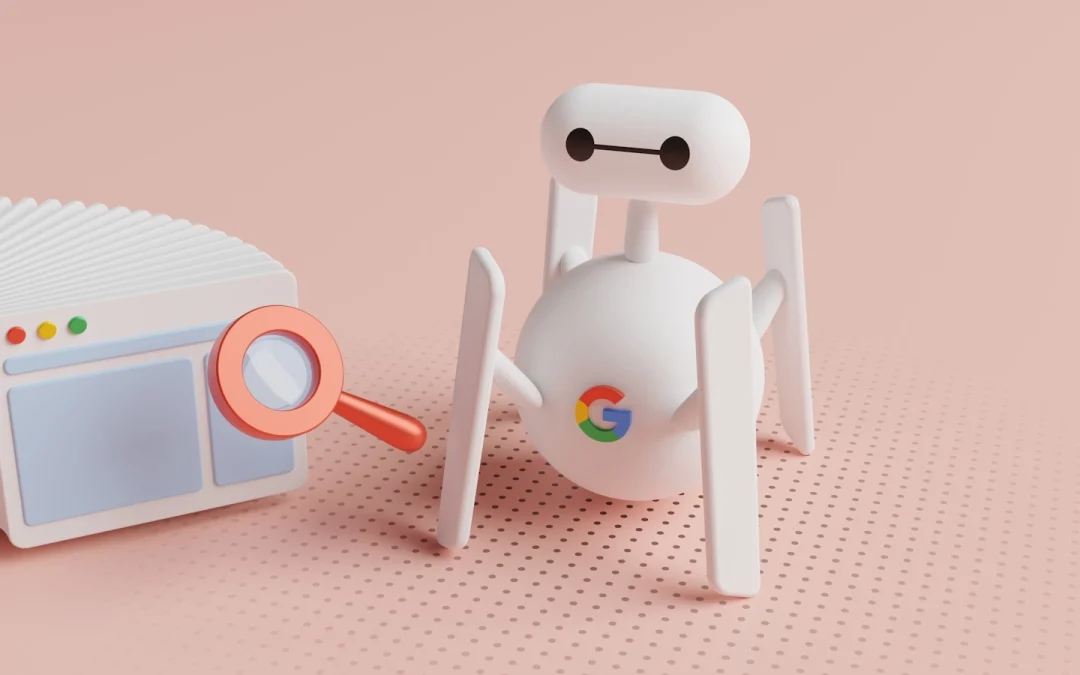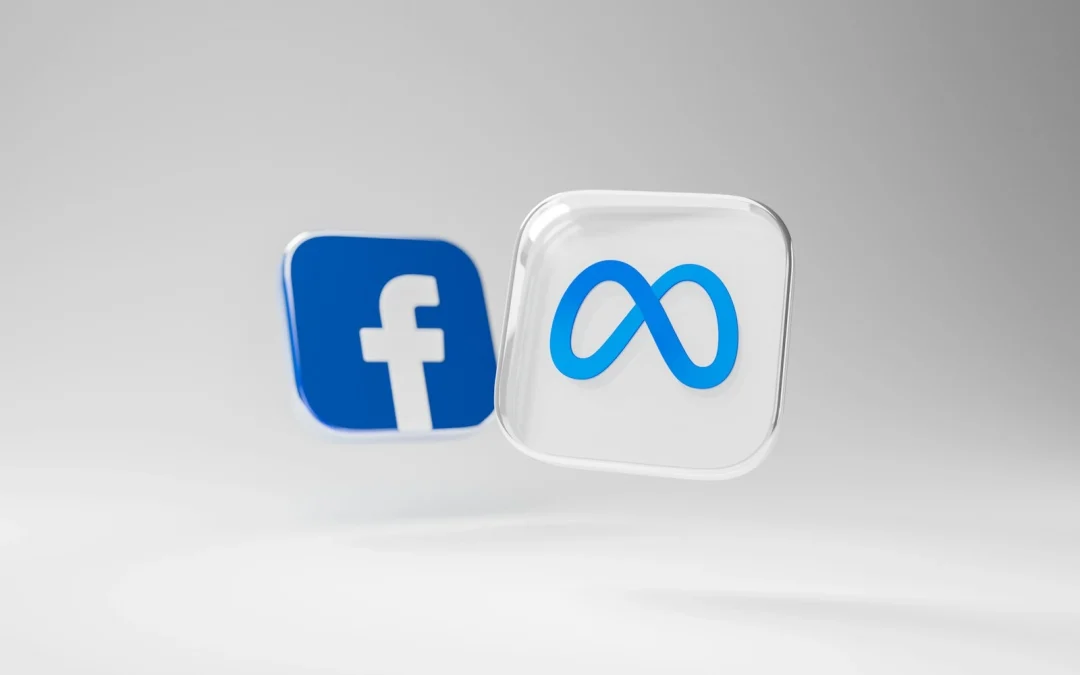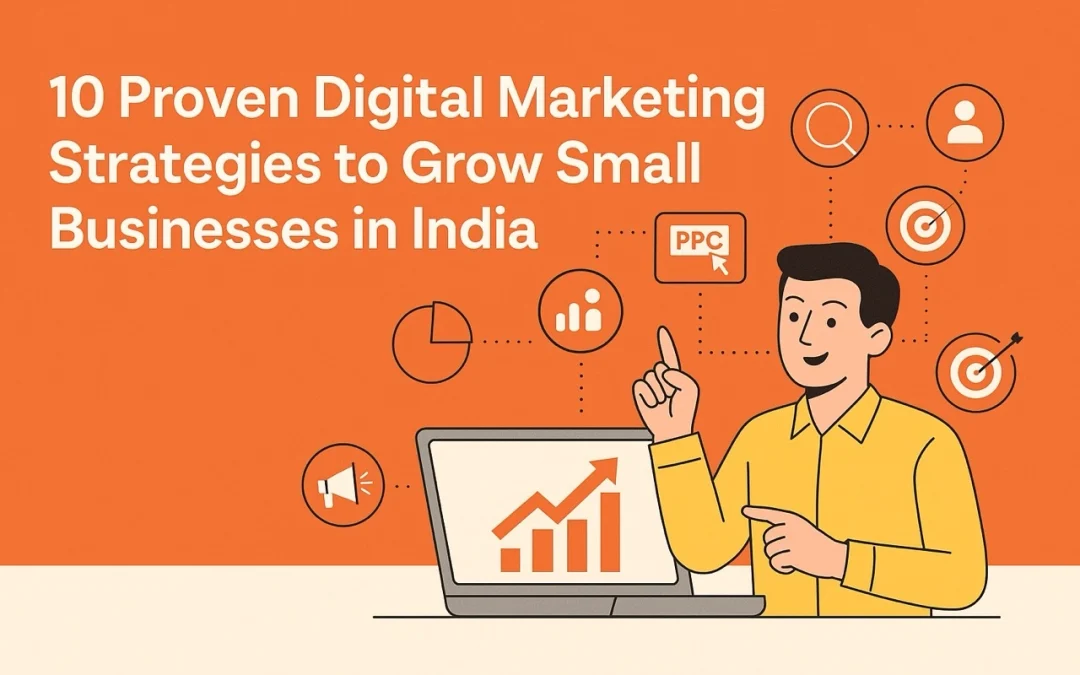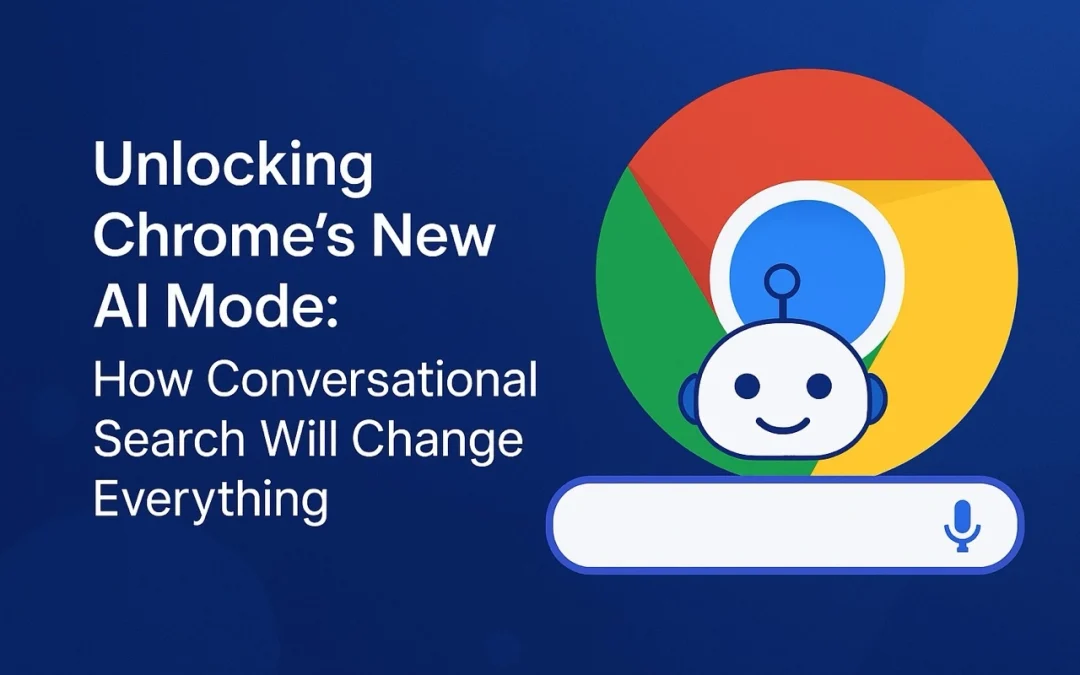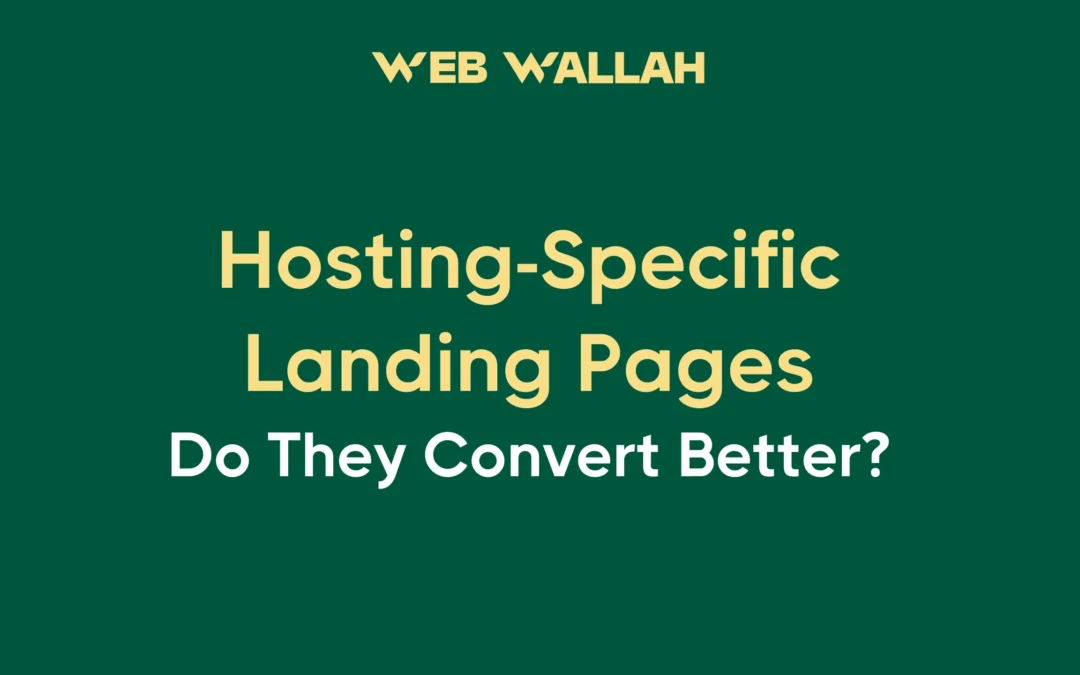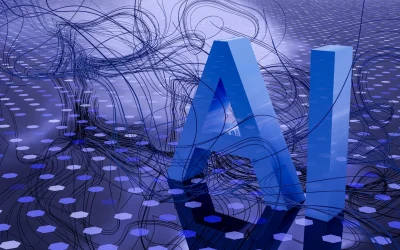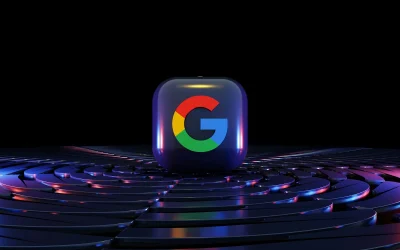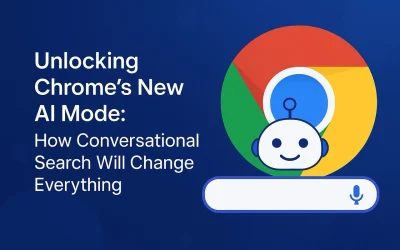Google’s algorithm updates tend to send ripples through the SEO world. One wrong tweak or ignored policy, and a site’s traffic could drop—fast. That’s why webmasters and SEO professionals treat every update seriously.
In 2025, Google launched a spam-focused algorithm update designed to strike deeper against manipulative practices, low-quality content, and link abuse. This “spam update” is not merely cosmetic — it reinforces Google’s insistence on authenticity, trust, and user-first content.
In this post, we’ll break down what the Google 2025 spam update is, explore how it works under the hood, examine major changes and SEO impacts, and share a recovery playbook. You’ll also find real case studies and best practices to keep your site safe going forward.
What Is Google’s 2025 Spam Update?
When people ask, “what is Google spam update 2025?”, the simplest answer is: it’s a targeted enforcement push from Google to crack down on web spam behaviors — linking schemes, manipulative content, AI misuse, and other rule violations under the spam policy umbrella.
This is not a broad “core” ranking shift (though it intersects with quality signals). Instead, it reflects Google refining how it enforces Google’s spam policies 2025, especially under its automated systems.
Google calls these algorithmic changes “spam updates” when they make meaningful improvements or adjustments to how spam is detected and handled. (Google for Developers)
Importantly, this update is built on Google’s existing machine learning infrastructure — particularly SpamBrain, Google’s AI-powered anti-spam engine. Over time, Google has been iterating enhancements to SpamBrain’s models to make it better at spotting new abuse tactics. (Google for Developers)
The goal: reduce the visibility of content or sites that rely on manipulative tactics, and reward or protect sites that maintain clear, original, useful content. In short: spam loses. Integrity wins.
Inside the 2025 Google Spam Algorithm
To understand the 2025 Google spam algorithm, we need to see how SpamBrain has evolved and how new signals are being woven in.
SpamBrain as the foundation
SpamBrain is Google’s AI and machine learning system built explicitly to detect search spam across vast amounts of content and link data. It monitors patterns, anomalies, unnatural link behavior, content duplication, and many more features. (Search Engine Land)
As spam tactics become more sophisticated (e.g. AI-generated content, networks of sites, manipulative link schemes), SpamBrain continuously receives model updates — new training data, adjusted thresholds, and algorithmic improvements. That is precisely what a “spam update” typically means: Google is refining or improving spam detection rules or model weights. (Google for Developers)
Integrating new signals
In 2025, Google’s spam detection likely leans more heavily on:
- AI-generated content detection: As more content is authored using AI tools, Google is under pressure to distinguish helpful AI-assisted content from mass-produced, low-quality “spun” content. Google already applies devaluation signals to content that seems auto-generated and low-value. (boostability.com)
- Link signal refinement: Google is better at isolating which links are truly editorial vs. manipulative. Suspicious link networks, paid link clusters, or sites that exchange links with no real relevancy are under tighter scrutiny.
- Cross-site network detection: If multiple sites show similar patterns of spam (content reuse, templated pages, link clusters), Google may treat them as a network and penalize more broadly.
- Behavioral and engagement signals: Poor user engagement, high bounce rates, low dwell time — when aligned with other red flags — may become stronger clues in spam scoring.
- Indexing exclusion / neutralization: Rather than purely demoting pages, Google may choose to ignore, de-index, or treat certain pages as “non-ranking” if they violate severe spam rules.
In short, the 2025 algorithm layers in more nuanced, high-signal detection — using both classic spam heuristics and new AI / behavioral signals — to separate legitimate sites from those relying on shortcuts.
Major Changes in the 2025 Spam Update
Below are some of the key changes that webmasters should pay attention to under the 2025 Google spam update:
| Change | What’s New / Stronger | Why It Matters |
|---|---|---|
| Stricter link spam rules | More aggressive neutralization of manipulative links, and less forgiveness for paid or networked link schemes | Sites relying on link shortcuts will lose ranking power |
| AI-content scrutiny | Google better detects content that lacks human value or is too templated | Helps demote auto-generated or “spun” content |
| Network / cluster detection | Tighter enforcement on interlinked spam sites or content farms | Entire networks may get hit, not just single pages |
| Affiliate / doorway monitoring | Affiliate pages with little value, doorway pages repurposed for multiple queries, or parasitic content get more scrutiny | Monetization pages can no longer lean on weak content |
| Neutralizing spam signals instead of penalizing | Some links or pages may be ignored rather than penalized, reducing “collateral damage” | Helps reduce over-penalizing but still removes unfair advantage |
| Faster reaction times | Some sites noticed changes within 24 hours of rollout starting (Search Engine Roundtable) | You must monitor in real time |
| More granular demotion | Parts of a site or sections deemed spam may be downgraded without harming the entire domain | Modular cleanup is possible |
| Emphasis on site reputation abuse (“parasite SEO”) | Google tightens rules about hosting third-party / affiliate content that piggybacks on a site’s authority (Reuters) | Even outsourced content may get you penalized |
To contrast with prior updates: the December 2024 spam update focused heavily on broadly reducing low-quality content and internal signals. (Search Engine Land) The 2025 push is more surgical: better link neutralization, tighter network detection, and stronger AI content discrimination.
What is now considered “spammy behavior” under sharper scrutiny?
- Buying or exchanging links without editorial context
- Site networks exchanging backlinks to boost artificially
- Large portions of a site filled with auto-generated content
- Low-value affiliate pages or doorway pages with minimal original text
- Repetitive templated content across many pages
- Publishing outsourced content that piggybacks on a site’s reputation
- Hidden or cloaked content, keyword stuffing, and inaudible redirects
SEO Impact: Winners and Losers
Who got hit
Sites that leaned heavily on spam tactics or shortcuts found themselves vulnerable. Some of the common losers:
- Sites with large portfolios of link farms or low-quality backlinks
- Content farms or aggregator sites that relied on thin or lightly rewritten content
- Sites that used mass AI content generation without human oversight
- Affiliate-heavy sites with minimal value beyond links
- Sites within cross-site spam networks where Google saw pattern abuse
- Domains that still had disavowed or toxic link footprints
In many cases, the drop was abrupt. SEOs reported seeing steep visibility declines within 24 hours of rollout launch. (Search Engine Roundtable)
Who gained (or survived well)
On the other hand:
- Sites with genuine, high-quality content and strong E-E-A-T signals (Experience, Expertise, Authoritativeness, Trust) held steady or even gained.
- Domains with clean backlink profiles and editorially earned links benefited.
- Sites emphasizing depth, original insight, and user value outranked those relying on shortcuts.
Because the update focused on enforcement rather than redefining ranking logic, there were fewer dramatic “new winners” outside of those already doing well. (Search Engine Journal)
Early reports & volatility
- The August 2025 spam update started on August 26 and was fully deployed by September 22, 2025. (Google Search Status)
- Many SEOs noticed volatility early—ranking fluctuations, indexing changes, and traffic shifts. (Search Engine Roundtable)
- Interestingly, some sites that were previously penalized in older spam updates saw partial recoveries if they had cleaned up preemptively. (Search Engine Land)
- But the effects were not always broad: for many queries, SERP landscapes remained stable; changes were concentrated in areas suspected of spamming. (Search Engine Journal)
In sum: if your site was operating within best practices, you’d likely survive; if you were cutting corners, there was significant risk.
How to Recover After Google’s Spam Update
If your site got hit or you see red flags, here’s a structured recovery plan and checklist.
Recovery Plan (Step by Step)
- Audit your backlinks
- Use tools like Ahrefs, Semrush, Moz to extract your full backlink profile.
- Tag obvious spammy, low-authority, or paid links.
- Check for link networks or interlinked domains showing unnatural patterns.
- Remove or disavow spammy or paid links
- Contact webmasters to remove offending links (where possible).
- Use Google’s Disavow tool for links you can’t remove.
- Be thorough in documenting your cleanup efforts — this helps if you need reconsideration.
- Improve on-page E-E-A-T signals
- Add or enhance author bios, credentials, about pages, trust signals, citations.
- Showcase real experience, not generic claims.
- Use trustworthy sources, references, quotes.
- Review content quality — thin/duplicate content
- Identify pages that offer little value or are near-duplicates.
- Consolidate, rewrite, remove, or merge thin content.
- Add supporting resources, deeper insights, visuals, examples.
- Ensure that AI-assisted content is reviewed, polished, and offers something unique.
- Check for internal spam patterns
- Look for templated structures across many pages.
- Detect identical or highly similar content in multiple URLs.
- Remove doorway pages or pages created purely for “ranking funnels.”
- Technical & indexing hygiene
- Use
noindexon pages that are thin or not meant to rank. - Clean up internal linking that funnels to spammy pages.
- Ensure canonical tags are correct, avoid index duplications.
- Use
- Submit cleanup / reconsideration (if needed)
- If there was a manual action, file a reconsideration request with details of cleanup.
- Even without manual action, you can use URL inspection / indexing requests to hasten re-crawling.
- Monitor Search Console for warnings or spam flags.
- Monitor & iterate
- Track rankings, traffic, crawl stats daily/weekly.
- Watch for pages recovering or further drops.
- Continue a regular audit schedule (every 3–6 months) to catch new spam signals.
Post-Spam Update SEO Hygiene Checklist
- ✅ Backlink audit completed
- ✅ Spam / paid links removed or disavowed
- ✅ Content audited for thin or duplicate pages
- ✅ AI-generated content reviewed and improved
- ✅ E-E-A-T signals strengthened
- ✅ Internal linking and canonicalization cleaned
- ✅ Search Console monitored daily
- ✅ Reindexing / re-submission requests done
- ✅ Ongoing audit schedule set
Recovery can take time — weeks to months — especially for algorithmic demotions. But consistent, policy-aligned work often leads to a gradual comeback.
Google’s Spam Penalties in 2025
Understanding how Google penalizes spammy behavior is crucial to recovery and prevention.
Manual actions vs. algorithmic penalties
- Manual actions are applied by Google staff when a site clearly violates policy (e.g. unnatural links, cloaking, pure spam). You’ll see a warning in Search Console, and you can file a reconsideration request.
- Algorithmic demotions happen automatically via systems like SpamBrain. No manual notice, no interface feedback — your pages simply lose ranking or visibility.
In 2025, algorithmic penalties are more refined and granular: parts of a site may be demoted while others remain unaffected (depending on severity).
New penalty triggers & red flags
- AI-generated link exchanges or “link swaps” networks — if Google detects that backlinks are being reciprocated mainly for ranking, those links may be neutralized (treated as if they don’t exist).
- Parasite SEO / site reputation abuse — hosting third-party content just to leverage your domain’s authority can now trigger penalties even if that content was outsourced. (Reuters)
- Mass templated pages / doorway content — pages created just for ranking, with minimal unique value, may be excluded or demoted.
- Persistent spam behavior — if a site repeatedly breaches guidelines, Google may drop trust in it long-term.
- Hidden or malicious content — cloaking, hidden links, doorway redirects, etc., remain surefire grounds for manual action.
Because Google is more aggressively neutralizing spam elements, some links or content will simply be ignored (no positive effect) rather than penalized — which means your past “boosts” may vanish quietly.
Case Studies: Recovery & Compliance
Here are two representative scenarios showing how sites responded to spam updates. These are drawn from industry reports and illustrative best practices.
Case Study 1: The Link Cleanup Rebound
A mid-sized content site was hit hard in the December 2024 spam update. Many of its rankings dropped, especially for pages supported by weak backlinks. The team:
- Audited their backlink profile and found several low-quality directories and PBN (private blog network) links.
- Removed as many as possible and disavowed the rest.
- Focused on earning a handful of high-quality, relevant editorial links to reinforce authority.
- Over the next 3–4 months, they gradually recovered ~60 % of lost traffic.
Takeaway: removing toxic links doesn’t instantly restore ranking, but over time, with better links and content, recovery is possible.
Case Study 2: Rewriting AI-Spun Content
A smaller blog used AI to mass-generate niche articles and then lightly edited them. After the 2025 spam update, many pages lost visibility. The team:
- Identified underperforming pages that seemed formulaic or templated.
- Manually rewrote or merged them, adding personal anecdotes, examples, visuals, fresh data.
- Raised the bar for new content: every article had to pass a content audit.
- Some posts that were once live but “thin” were removed or redirected to better pages.
Result: Some pages regained ranking; others remained suppressed, but overall site traffic stabilized and slowly grew again.
Key insight: human-centered content with care and depth outperforms mass-produced “filler” content over time.
Best Practices to Stay Safe in 2025
To ensure your site remains on Google’s good side through future spam updates, follow these enduring principles:
- Write for humans first — your content should solve a real problem, not just stuff keywords.
- Avoid manipulative backlinks — don’t buy, swap, or solicit links purely for ranking. Focus on earning them.
- Regular audits — every few months, review backlinks, content, and site structure.
- Prefer depth, not volume — fewer high-value pages are better than many low-value pages.
- Maintain strong E-E-A-T signals — author credentials, references, trust indicators.
- Use canonical, noindex, redirect wisely — control which pages are indexed and prevent duplicate content.
- Monitor Search Console & analytics — watch for sudden dips, warnings, or pages dropped from index.
- Stay updated on Google’s spam policies — Google may adjust rules over time.
- Gradual, not abrupt changes — avoid large sudden reoptimizations or massive content injections that might signal manipulation.
- Use AI tools responsibly — AI can assist, but don’t over-rely. Always add human editing, uniqueness, insight.
Conclusion
Google’s 2025 spam update is a strong reminder: the search engine continues to crack down on shortcuts, manipulative links, and low-value content. It doesn’t reward games. It rewards authenticity, expertise, effort.
If your site was hit, the path to recovery is clear (though not always easy): clean up links, improve content, strengthen trust signals, and stay vigilant. Over time, algorithmic systems may recalibrate and reward your improvements.
If you’d like, I can transform this into a publish-ready HTML version, or help you with internal linking, editing, or adding graphics. Do you want me to polish this further or generate the FAQ schema section too?


